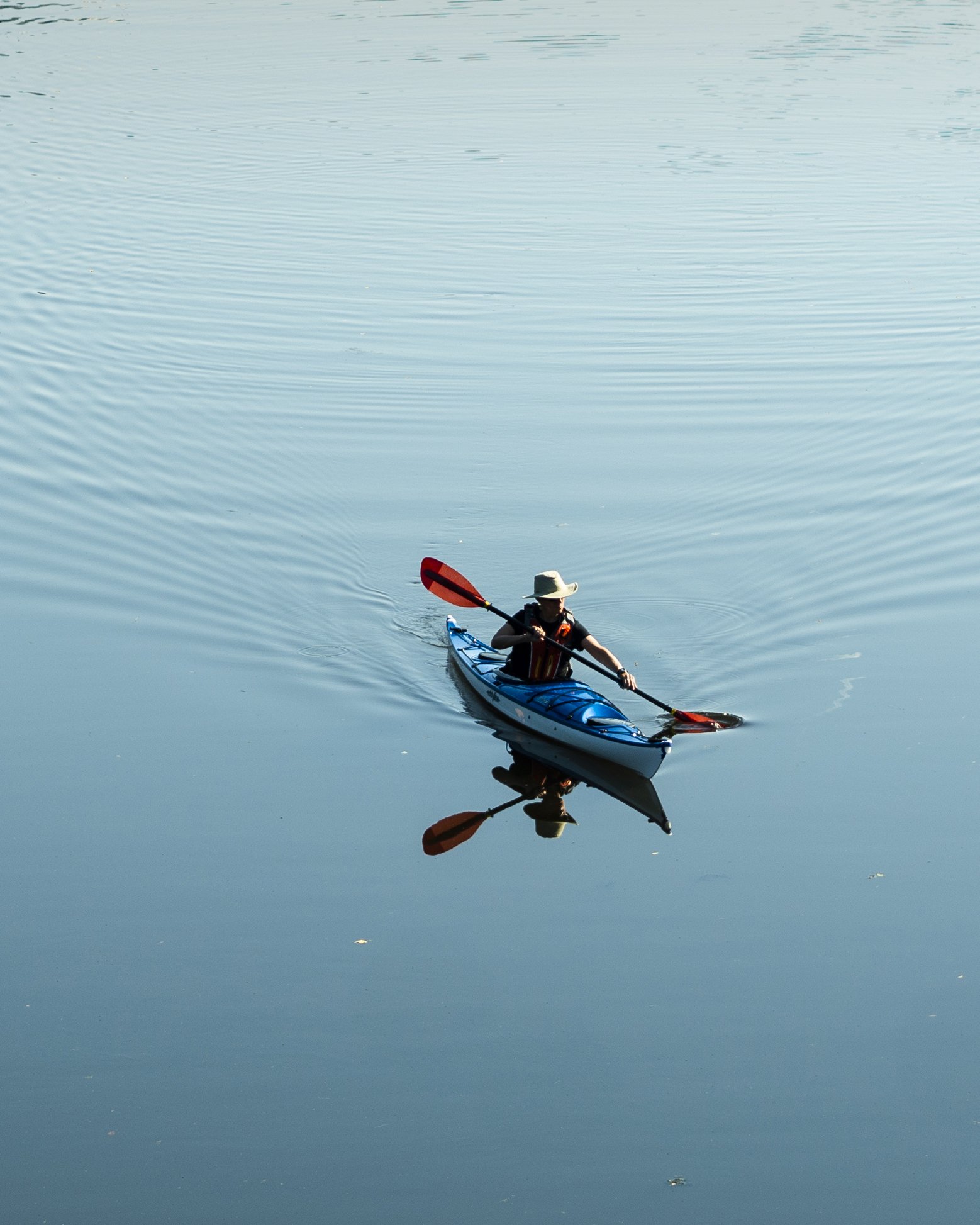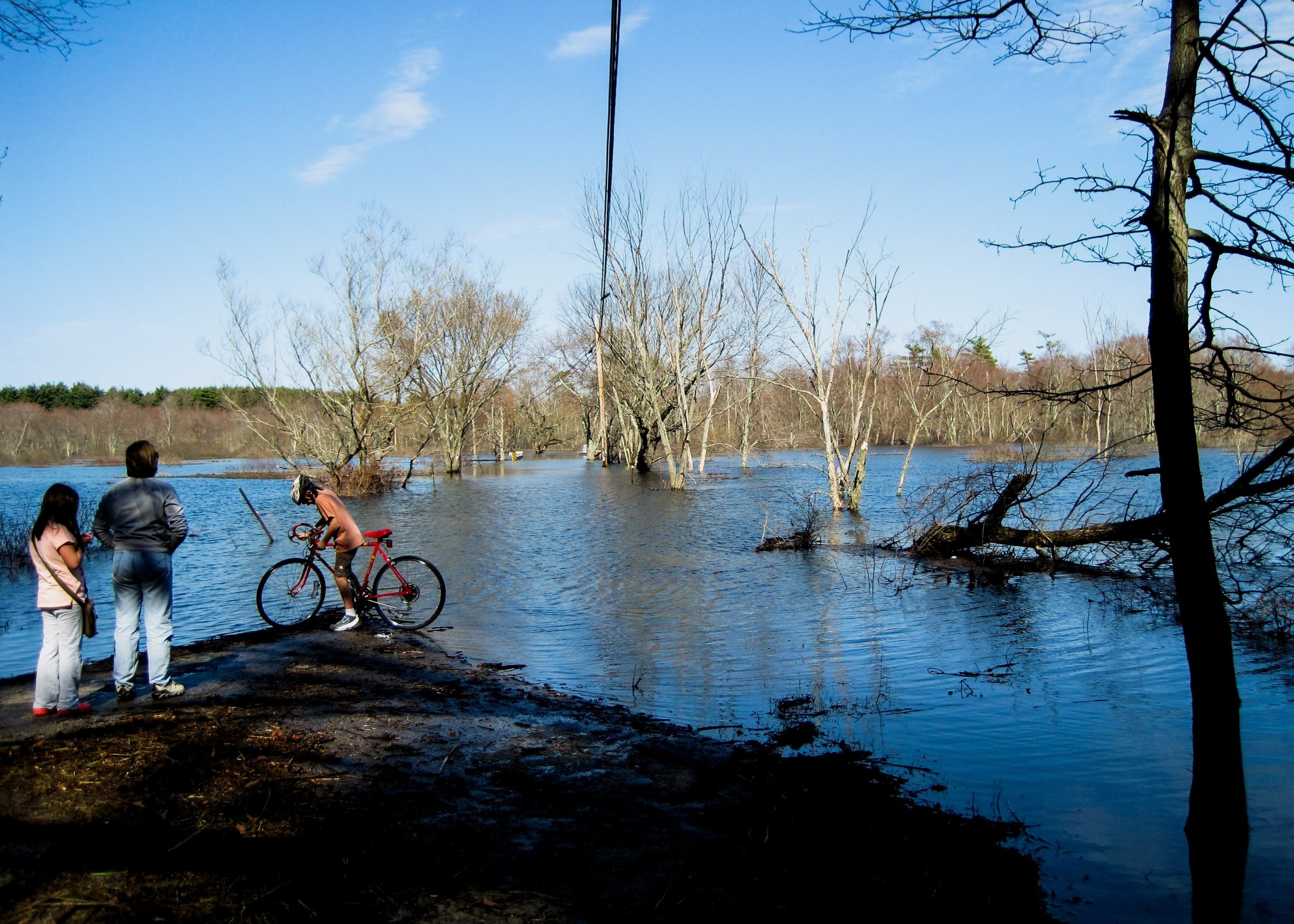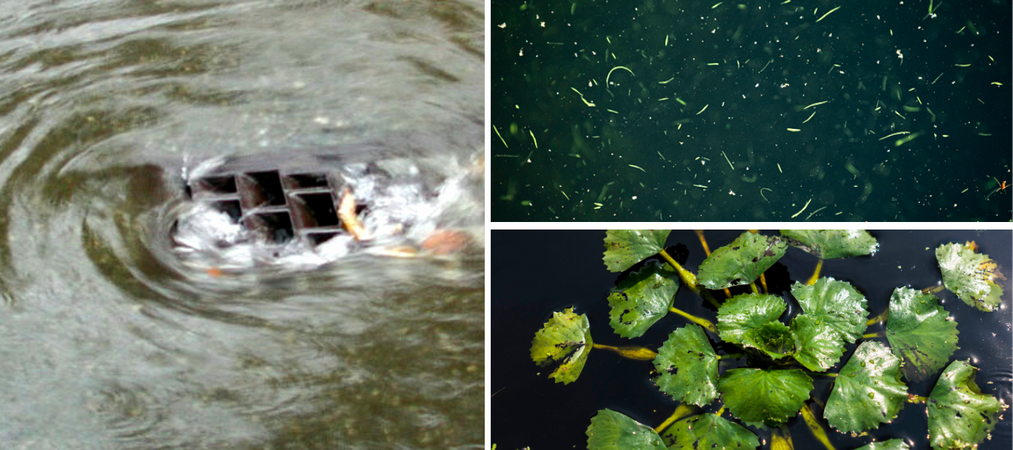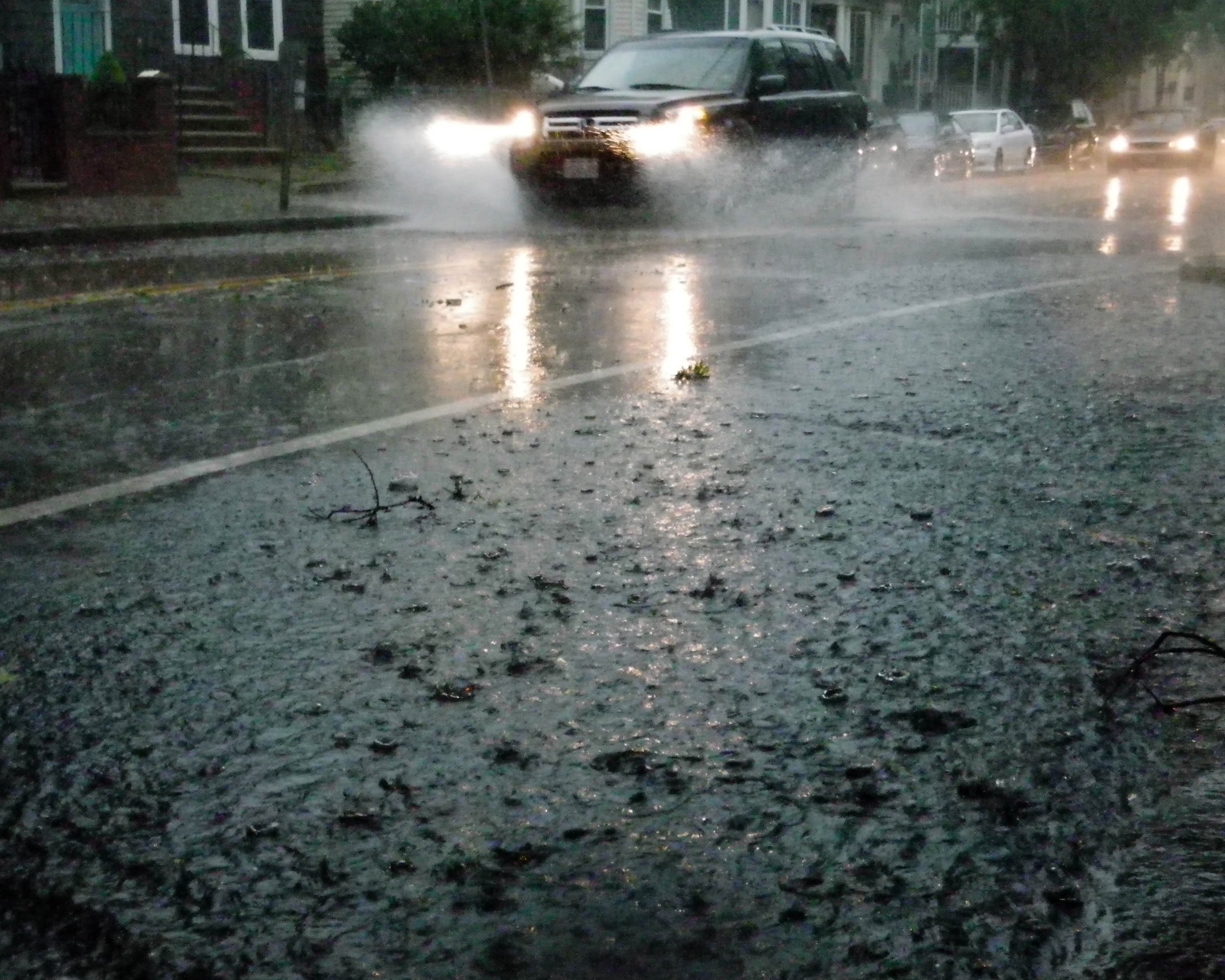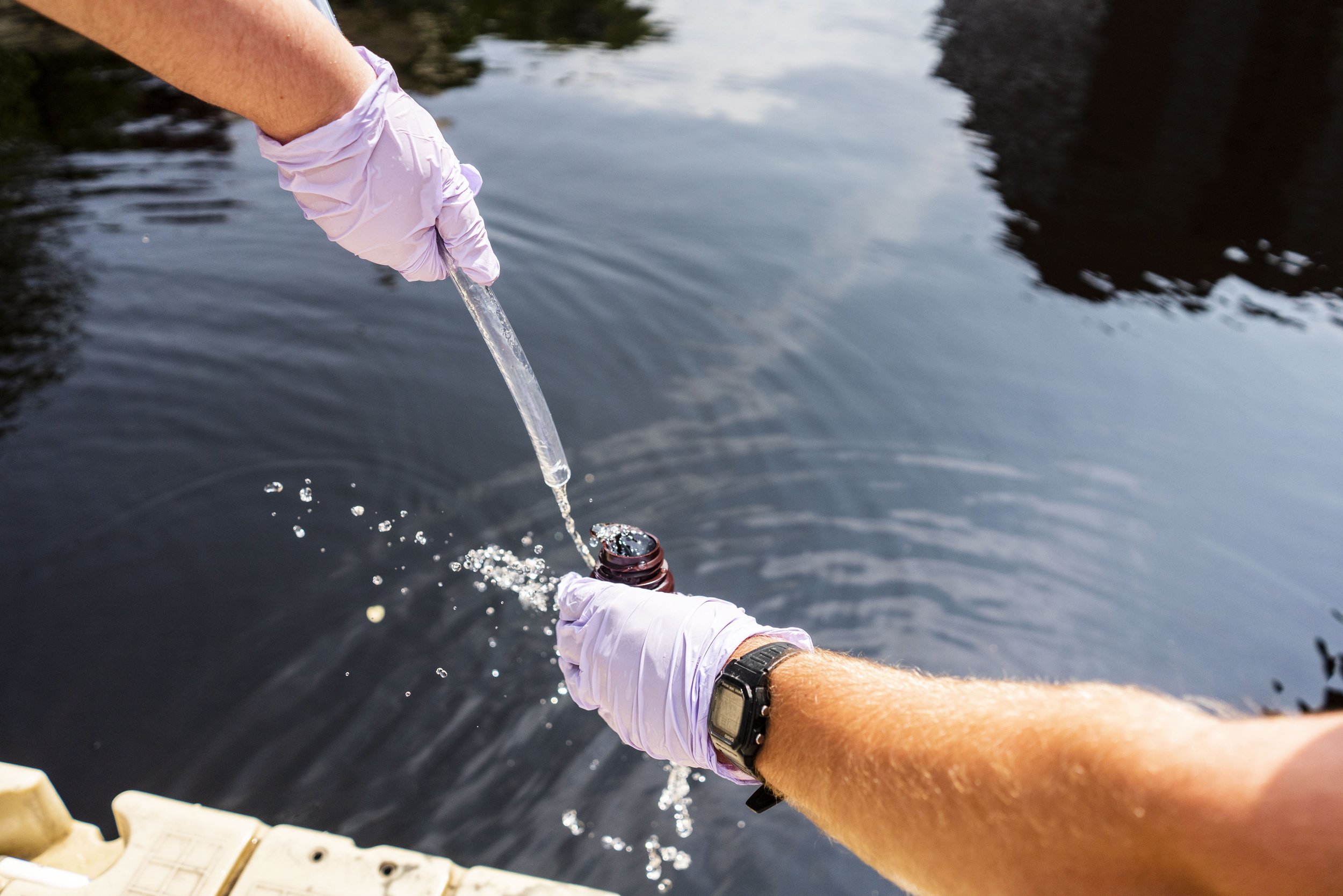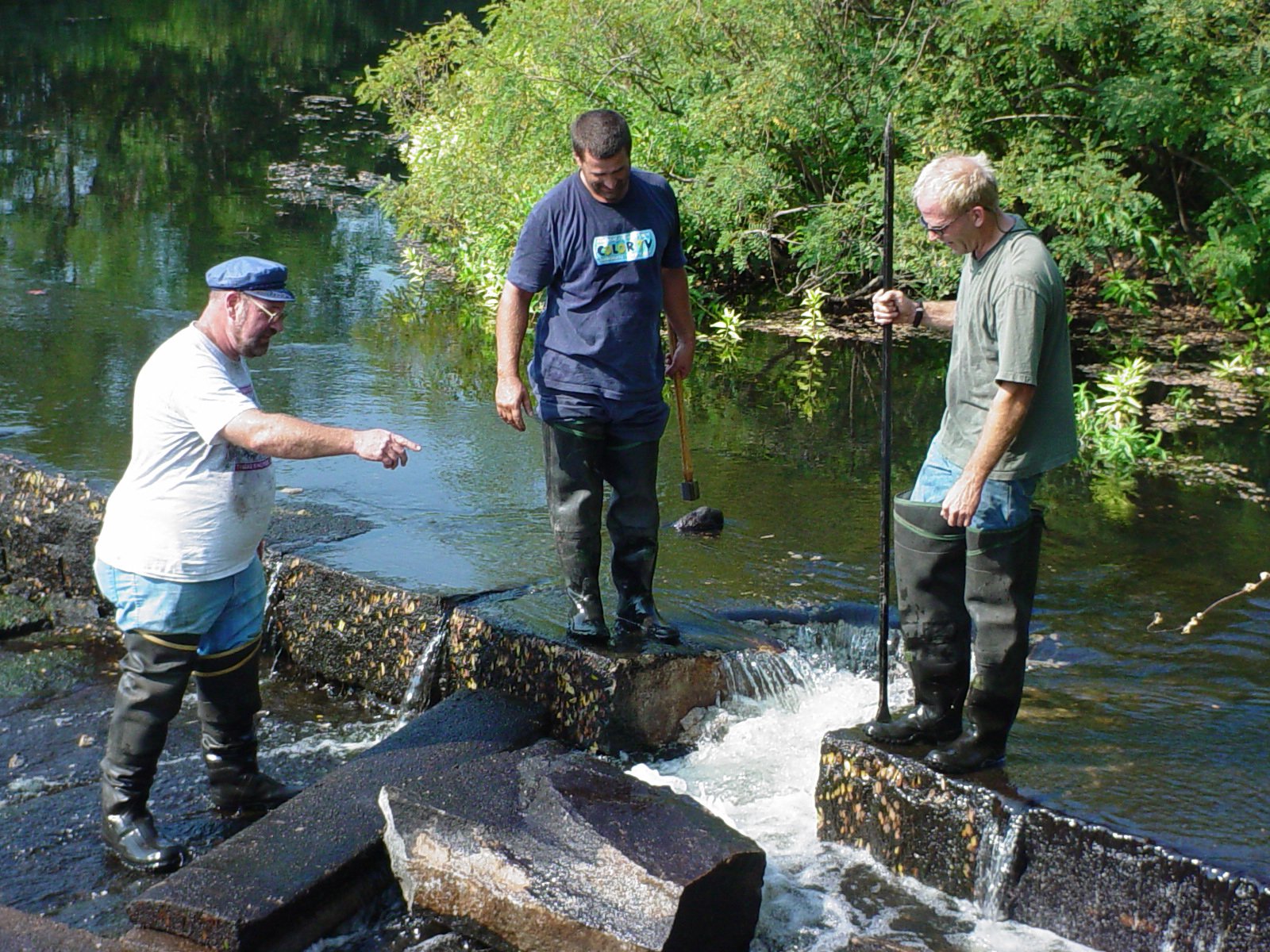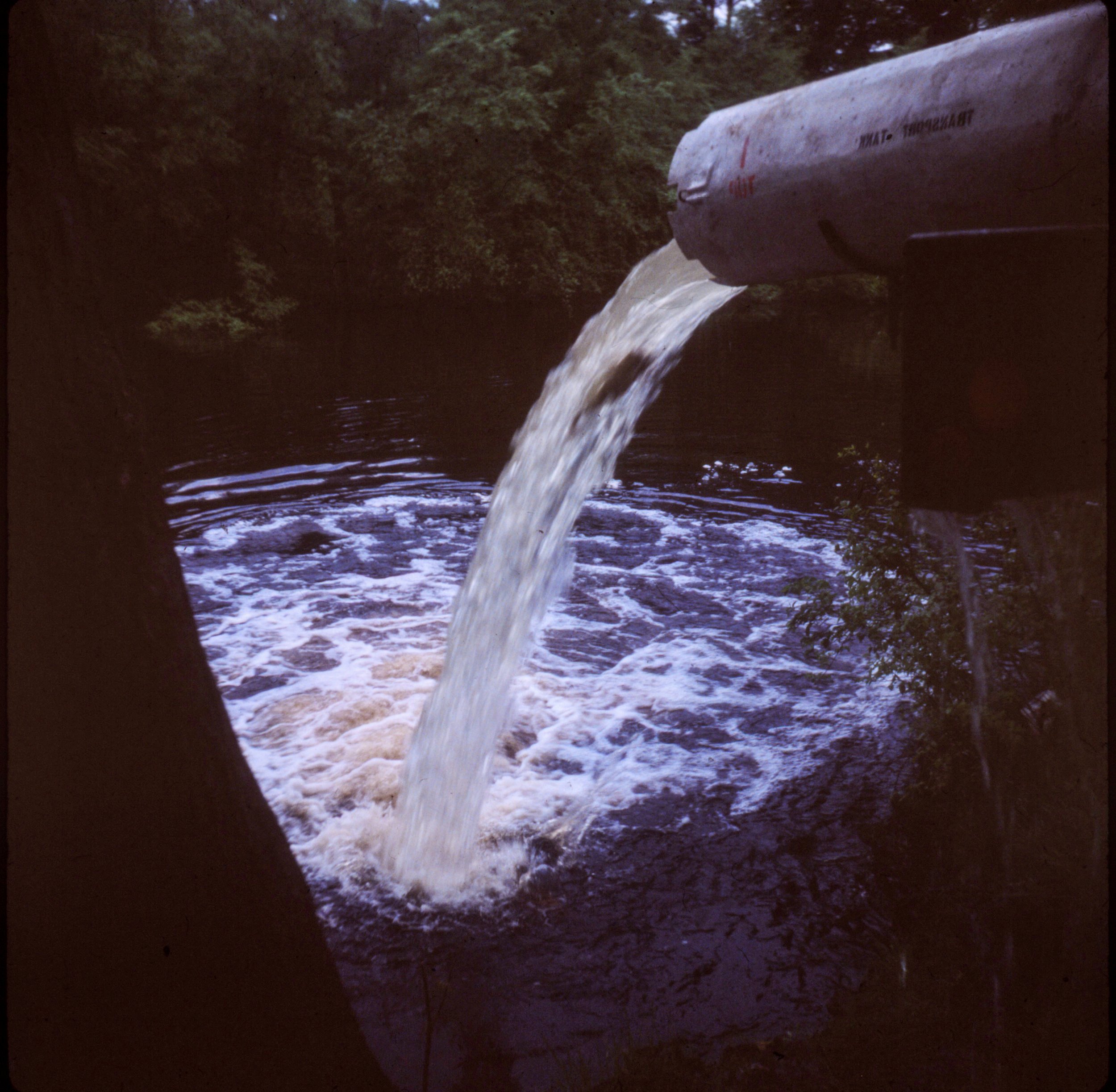
ABOUT CRWA
From Dirty Water to a Clean Charles.
OUR STORY
SINCE 1965, CHARLES RIVER WATERSHED ASSOCIATION HAS BEEN THE VOICE OF THE RIVER.
Formed in 1965 by a group of concerned citizens who raised alarm about the declining health of the Charles River, Charles River Watershed Association (CRWA) is one of the oldest watershed organizations in the country.
In the sixty years since our founding, CRWA has guided the transformation of our river from the “Dirty Water” of the past–––rife with industrial pollution, sewage, trash, and even cars––to the Charles River we know and love today, one of the cleanest, most celebrated urban rivers in the country.
SCIENCE · ADVOCACY · LAW
Our Mission
We protect, restore, and enhance the Charles River and its watershed through science, advocacy, and the law. We develop science-based strategies to increase resilience, protect public health, and promote environmental equity as we confront a changing climate.
From Dirty Water to a Clean Charles.
OUR COMMITMENT
CLEAN IS NOT AN END-POINT, IT’S A VERB–AND IT’S STILL OUR UNWAVERING MISSION.
Today, the Charles River is once again a living river–––but the work is far from over. New challenges have emerged that threaten to undermine our progress; climate change, stormwater pollution, and addressing environmental injustice.
But we are rising to meet the moment–––taking a regional approach to climate solutions, working with nature rather than against it with nature-based solutions, and centering environmental justice–––to ensure the collective flourishing of our watershed and all who call it home.
NATURE-BASED SOLUTIONS
Working With Nature
We are reimagining our approach to water management by restoring natural hydrology back into our built environment, creating healthy, resilient communities, and forging a better future for all.
WATERSHED-SCALE APPROACH
Regional Climate Solutions
The impacts of climate change do not follow political boundaries, and we all live downstream of somewhere. To rise to this monumental challenge, we take a watershed-wide approach to climate adaptation for lasting solutions.
EQUITY & JUSTICE FOR ALL
Centering Environmental Justice
We are committed to fighting systemic racism by putting communities at the frontlines of climate impacts first, reducing barriers to entry for green careers, and expanding public access to our river.

THE RIVER THAT CONNECTS US
Our Watershed
The Charles River, also known as the Quinobequin, springs from its source in Hopkinton and flows through twenty-three cities and towns along its meandering, unhurried, eighty-mile journey to meet the sea at Boston Harbor.
With over eighty brooks and streams, several major aquifers, and thirty-three lakes and ponds, the Charles River watershed encompasses 308 square miles of Massachusetts, thirty-five cities and towns, and it is home to just under a million people.
We humbly recognize the Massachusett, Wampanoag, and Nipmuc Nations, as our work is carried out across their traditional territory, and we acknowledge Indigenous people as past, present, and future caretakers of this land.
DO YOU LIVE IN OUR WATERSHED?
Our watershed includes parts or all of Arlington, Ashland, Bellingham, Belmont, Boston, Brookline, Cambridge, Dedham, Dover, Foxborough, Franklin, Holliston, Hopedale, Hopkinton, Lexington, Lincoln, Medfield, Medway, Mendon, Milford, Millis, Natick, Needham, Newton, Norfolk, Sherborn, Somerville, Walpole, Waltham, Watertown, Wayland, Wellesley, Weston, Westwood, and Wrentham.
STEPS TOWARD A CLEAN, RESILIENT RIVER
Our Achievements
See what we have accomplished together over our nearly six decades of advocacy for the Charles River.
Diversity, Equity, Inclusion
CRWA is committed to the ongoing work of promoting diversity, equity, and inclusion (DEI) within our organization and in our external relationships.
Internally, CRWA seeks to embed these principles in staff hiring, professional development, and retention practices as well as in Board recruitment, onboarding, and governance. CRWA strives to attract and retain staff and Board members from a wide range of backgrounds, expertise, and perspectives and to foster a culture of belonging in which all feel valued and respected.
Externally, we are engaged in outreach and relationship development to connect with a broader set of constituents in the watershed, including people and communities that have historically been marginalized. CRWA acknowledges the historic disinvestment and past harm in some watershed communities and is committed to advocating for equitable investments in climate resilience and river health.
CRWA condemns racism, sexism, bigotry, and discrimination in any form.
OUR COMMITMENT
Recognizing Indigenous Stewardship
CRWA humbly recognizes the Massachusett, Wampanoag, and Nipmuc Nations, as our work is carried out across their traditional territory, and acknowledge them as the past, present, and future caretakers of this land.
We are committed to creating respectful engagements and relationships with Indigenous communities in our watershed to learn, uplift, and support their relationship and wants with the river.
LAND ACKNOWLEDGEMENT
Our History
DECADES OF RELENTLESS, LOVING VIGILANCE
In nearly six decades of advocacy, we are proud to have delivered the “cleanest urban river in America,” but the work is far from over. Take a deep dive into the history of our river, and see what we have achieved, together.






